If you've ever seen the back of a cruise ship and wondered why it bears the name of a seemingly random city, you're not alone. That city represents the country in which the ship is registered. But, with cruisers from the United States making up the largest number of passengers in the global cruise market, why are cruise ships not registered in the U.S.?
Here, I'll explain why you're unlikely to see the names of U.S. cities emblazoned on cruise ships.
Where are cruise ships registered?
The names you'll most often see on ships are cities in the Bahamas, Bermuda, Panama, the Netherlands and the United Kingdom, among others. (For decades, Liberia also flew its flag on ships from several popular cruise lines, but that has since changed.) Registering ships in foreign countries — which charge cruise lines for the privilege of being registered there — is known as "flags of convenience."
Why are cruise ships registered in the Bahamas, Panama and other countries?
Because the ships weren't built in the U.S.
United States law doesn't allow vessels to be U.S. flagged unless they were built there. Unfortunately, there are no U.S. shipyards with the capacity or expertise to construct ships as large as today's behemoths, so they're built overseas — mostly in Europe.
Because cruise lines want to pay less in taxes
Cruise lines pay taxes to their home countries — the nations where their ships are registered. Lines often pay less in taxes when their ships are flagged in countries like Panama and the Bahamas, which saves them money.
That's not to say cruise lines don't pay taxes, though, including in the United States. Although the U.S. has a reciprocal agreement with most of the countries in which cruise ships are registered — meaning that if the U.S. doesn't federally tax those nations' vessels, they won't tax America's, either — cruise lines still pay taxes in the United States annually but at a reduced federal rate.
As an example, in 2023, Carnival Corporation & PLC — which operates Carnival Cruise Line, Princess Cruises, Holland America Line, Cunard, Seabourn and other brands — paid $13 million in taxes on a loss of $62 million, according to its annual report. It also pays port docking fees and, in some ports, such as those in Alaska, a per-passenger head tax levied each time the ship visits.
Cruise industry spending in the U.S. in 2019 — before the COVID-19 shutdown — supported approximately $2.6 billion in direct taxes and more than $7.2 billion in total taxes (including direct, indirect and induced) for U.S. federal, state and local governments, according to the Cruise Lines International Association. On average, each $1 million the cruise industry spends in the U.S. supports approximately $102,000 of direct U.S. federal, state and local tax revenue.
Because cruise lines want lower labor costs
Salaries for the lowest-paid workers on cruise ships are low by American standards, but many crew members can earn more money on ships than they'd make working on land in their home countries. In addition to their pay, crew receive gratuities from passengers and opportunities to advance to a higher-salaried position.

Daily Newsletter
Reward your inbox with the TPG Daily newsletter
Join over 700,000 readers for breaking news, in-depth guides and exclusive deals from TPG’s experts
By signing up, you will receive newsletters and promotional content and agree to our Terms of Use and acknowledge the data practices in our Privacy Policy. You may unsubscribe at any time.
Ships that are registered in the U.S. are required to employ American crew and pay them according to United States laws that require minimum wage. That, of course, drives up costs for the lines — and, subsequently, passengers — so it's more economical for cruise lines to flag their ships abroad.
By registering their vessels outside the U.S., cruise lines can also require their employees to work more than 40 hours per week without overtime pay — something that's necessary due to the nearly 24/7 operational nature of cruise ships and limited number of crew berths.
What cruise ship is registered in the U.S.?
The only mainstream megaship registered in the United States is Norwegian Cruise Line's Pride of America, which required a special government exception for its registration. Because it's flagged in the U.S., it can exclusively sail intra-island cruises around Hawaii without calling on a foreign port — something required for foreign-flagged ships under the Passenger Vessel Services Act.
Additionally, some smaller cruise ships registered in the United States include those in the fleets belonging to UnCruise Adventures and American Cruise Lines. Those companies operate smaller expedition-style vessels, riverboats and Great Lakes vessels that are U.S.-flagged. Due to their smaller sizes, they could be constructed and, therefore, registered in the U.S.
Bottom line
Cruise lines almost always register their ships in countries outside of the United States to reap benefits like lower taxes and reduced labor regulations. With lower operating costs, cruise lines can pass on those savings to passengers and keep cruise fares affordable.
Learn more about cruising with these TPG resources:
- Packing for a cruise? These items aren't allowed on board
- Man overboard: Cruise ship overboards and how they happen
- What is baked Alaska, and why is it paraded around cruise ships?
- What are the largest cruise ships in the world?
- What is the Jones Act, and how does it affect cruise ships?
- What is a lido deck on a cruise ship?
- What's a cruise cabin guarantee — and will it save you money?
- What's the difference between a cruise ship concierge and a butler?
Editorial disclaimer: Opinions expressed here are the author’s alone, not those of any bank, credit card issuer, airline or hotel chain, and have not been reviewed, approved or otherwise endorsed by any of these entities.








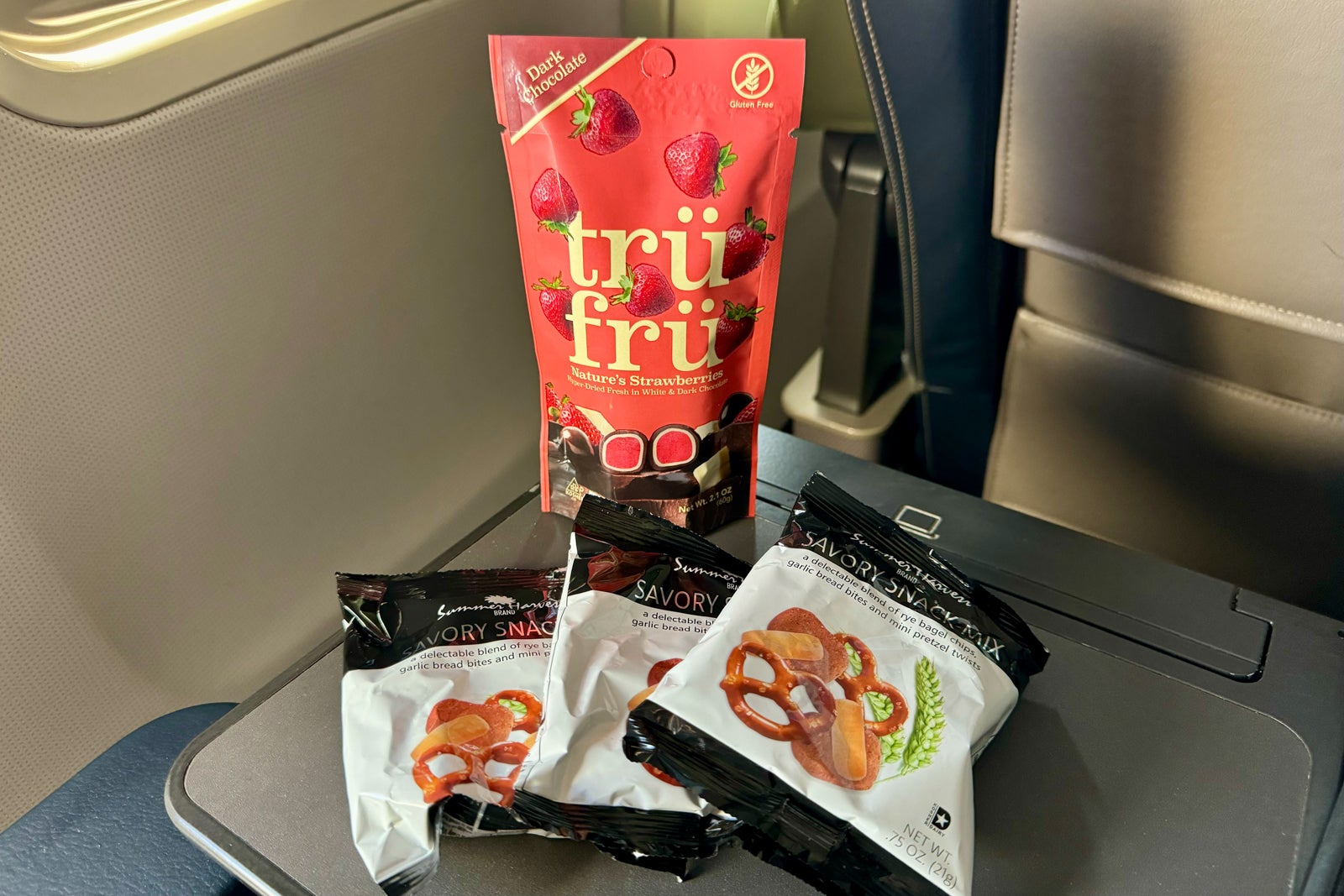



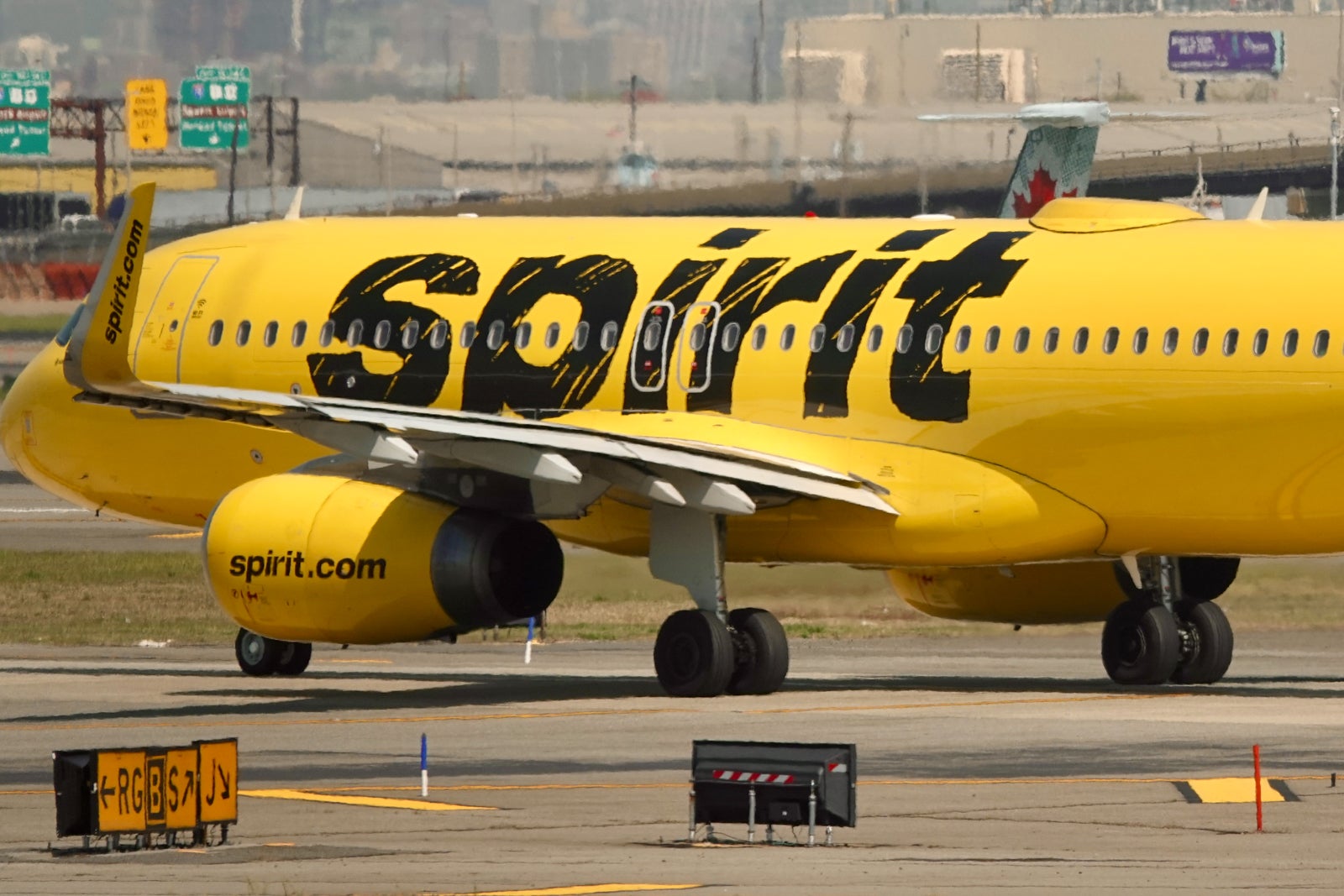

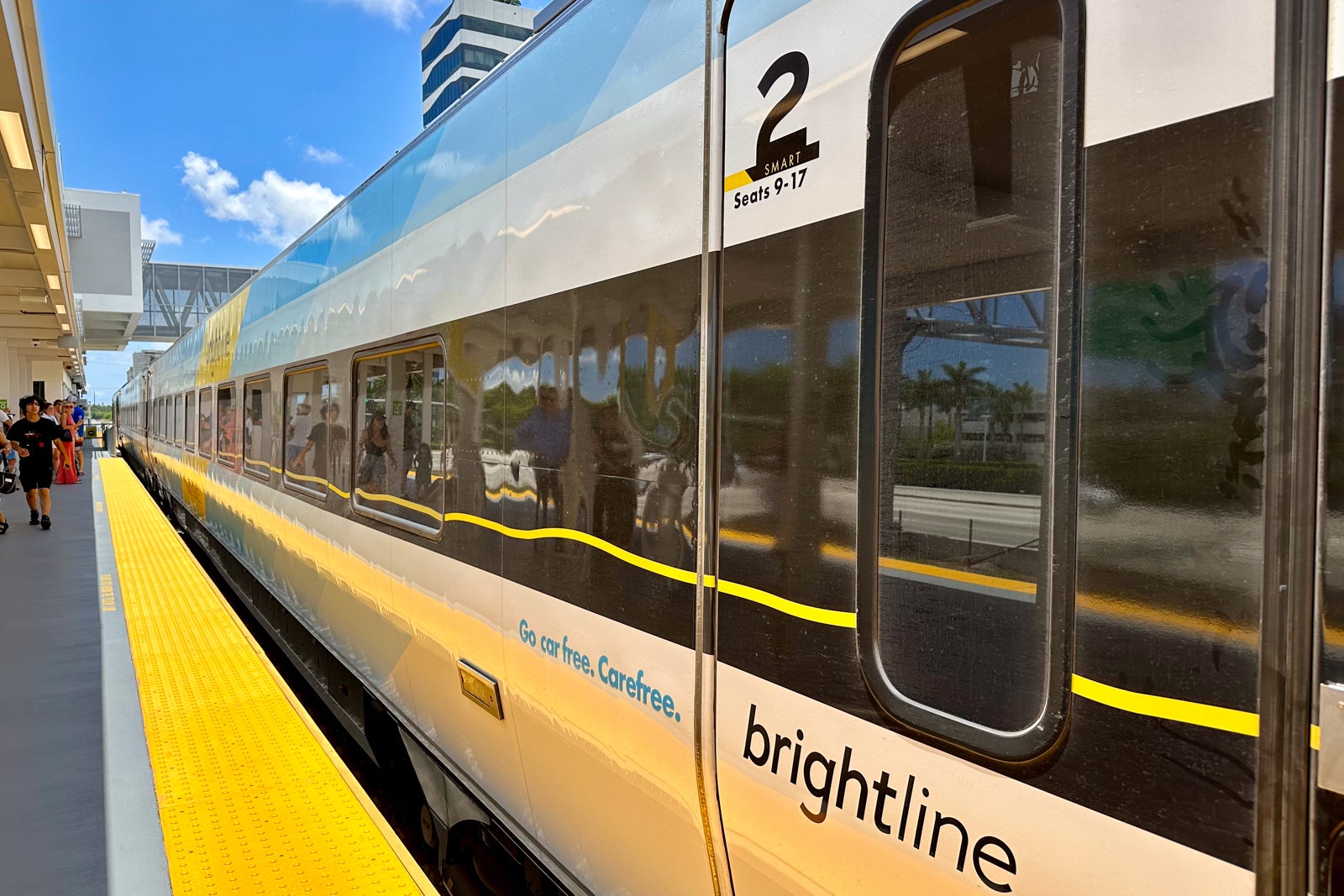
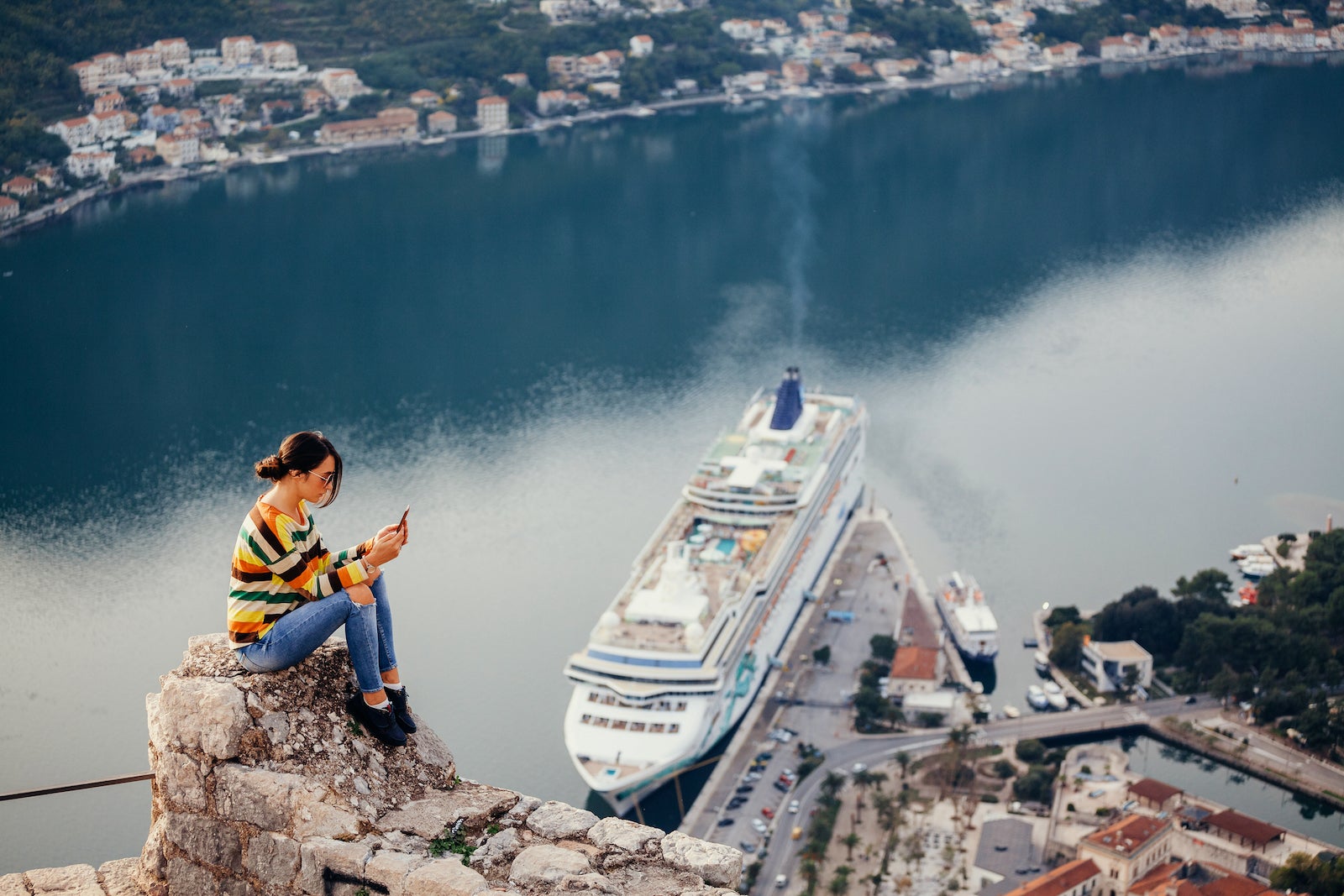
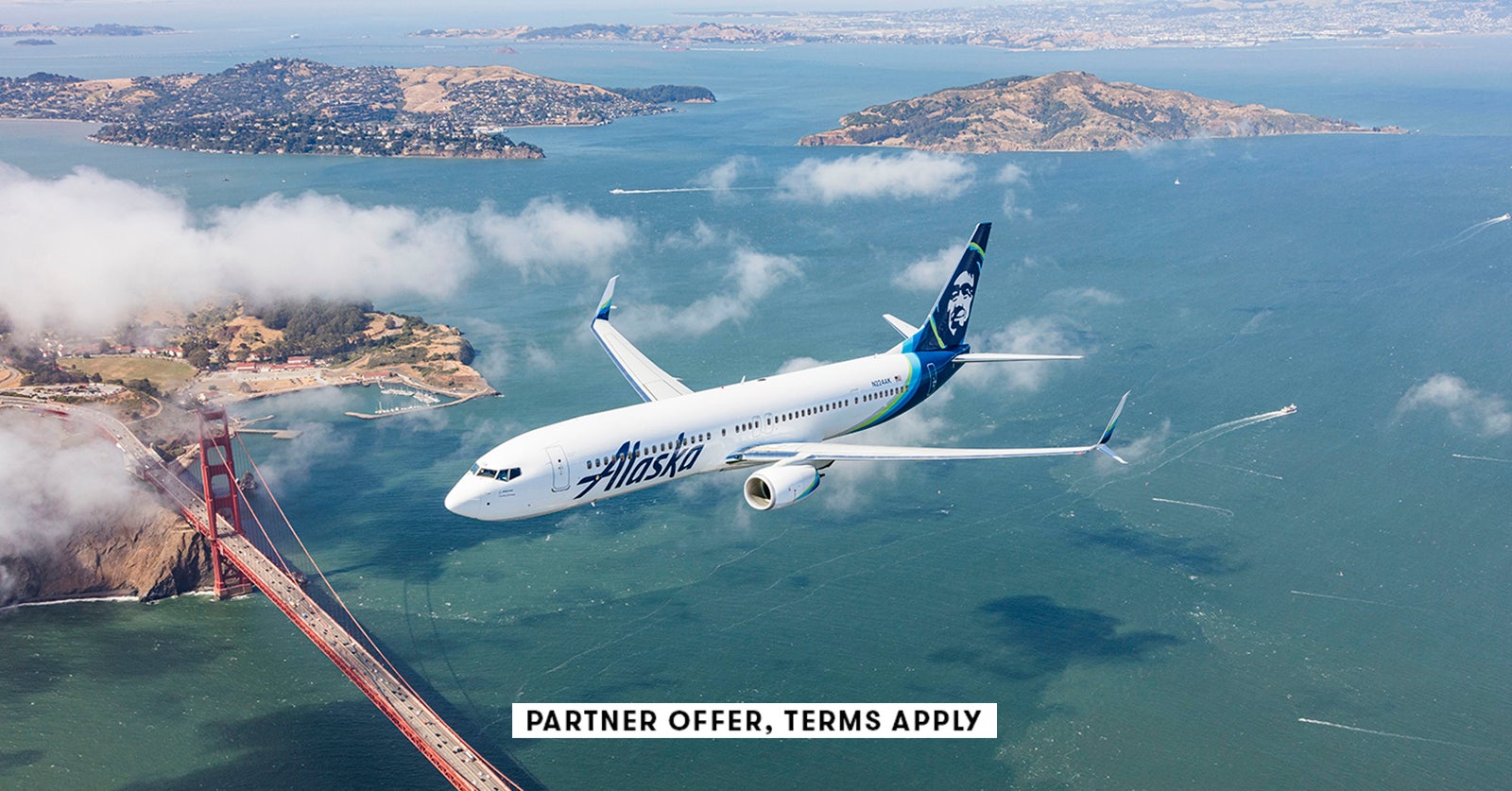
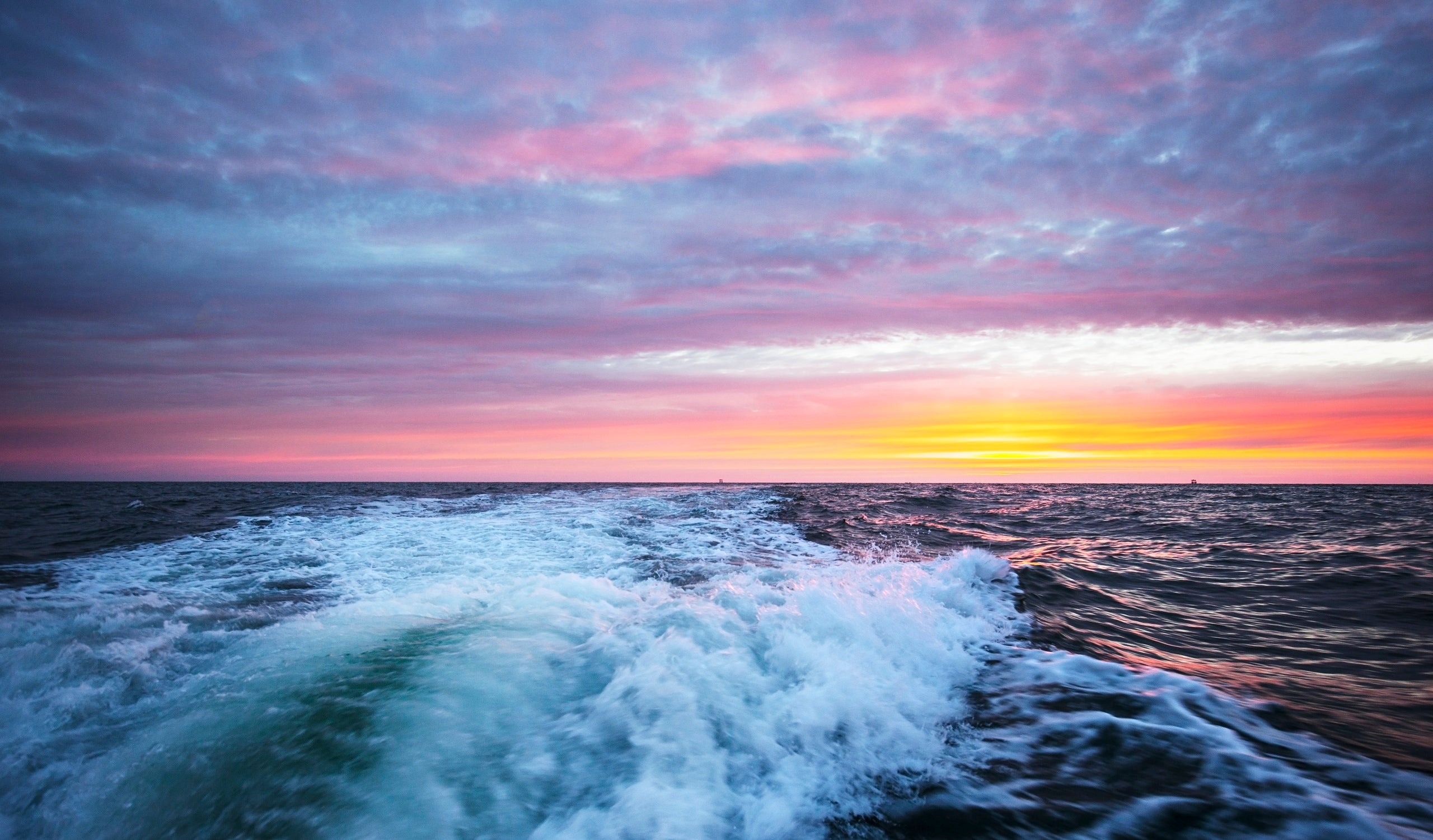

 English (US) ·
English (US) ·